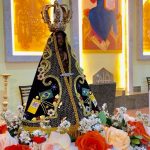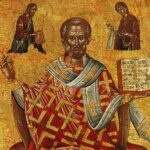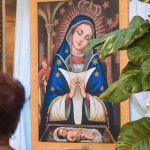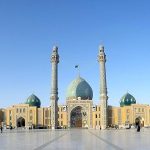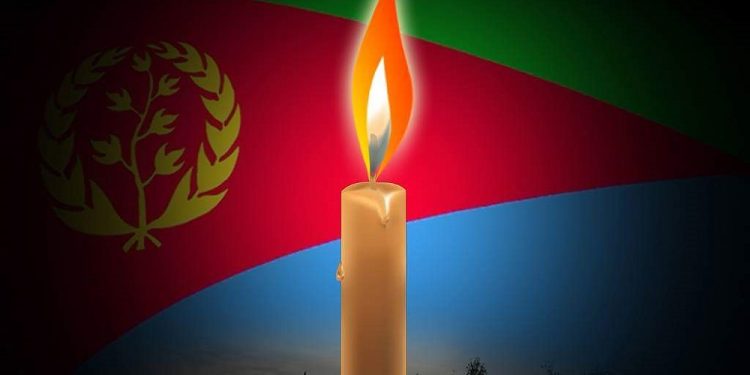
Martyrs’ Day in Eritrea
Celebrated annually on June 20th in Eritrea, Martyrs’ Day is a public holiday that commemorates those who gave their lives during the country’s struggle for independence. The State of Eritrea is a country in the Horn of Africa region of East Africa and was the focus of European colonial efforts for hundreds of years.
This holiday, also known as Maelti Siwuat in the Tigrinya language, pays tribute to the large number of Eritreans who were killed between 1961 and 1991. This day has been a holiday since the late 1990s and has been observed in the country ever since.
The History of Martyrs’ Day in Eritrea
Although the Horn of Africa came under colonial influence since the 16th century, we would like to focus on the time after WWII. This is the time period that Martyrs’ Day addresses. After WWII, the international community did not know what to do with Eritrea after it had come out of Italy’s hands. So, in 1952, the United Nations General Assembly passed Resolution 390 to federate Eritrea with Ethiopia.
Eritrea was supposed to be autonomous within the federation, but Ethiopian Emperor Haile Selassie dissolved the country’s parliament and illegally annexed it in 1962. This sparked the Eritrean War of Independence, a conflict that would last for almost 30 years. In May of 1991, the Eritreans overthrew the People’s Democratic Republic of Ethiopia. It has been estimated that 1 out of every 10 Eritreans were killed during this conflict.
In 1997, the Eritrean government opened National Martyrs Park so that Eritreans could pay their respects to those who died during this conflict. It has been a national holiday in Eritrea ever since and is observed by people all over the country.
Observing Martyrs’ Day in Eritrea
National Martyrs’ Park is opened up on this holiday so Eritreans can visit the National Martyrs’ Monument and lay wreaths on the graves of those who have lost their lives. This day is also observed with art shows, parades, and other events as well.

